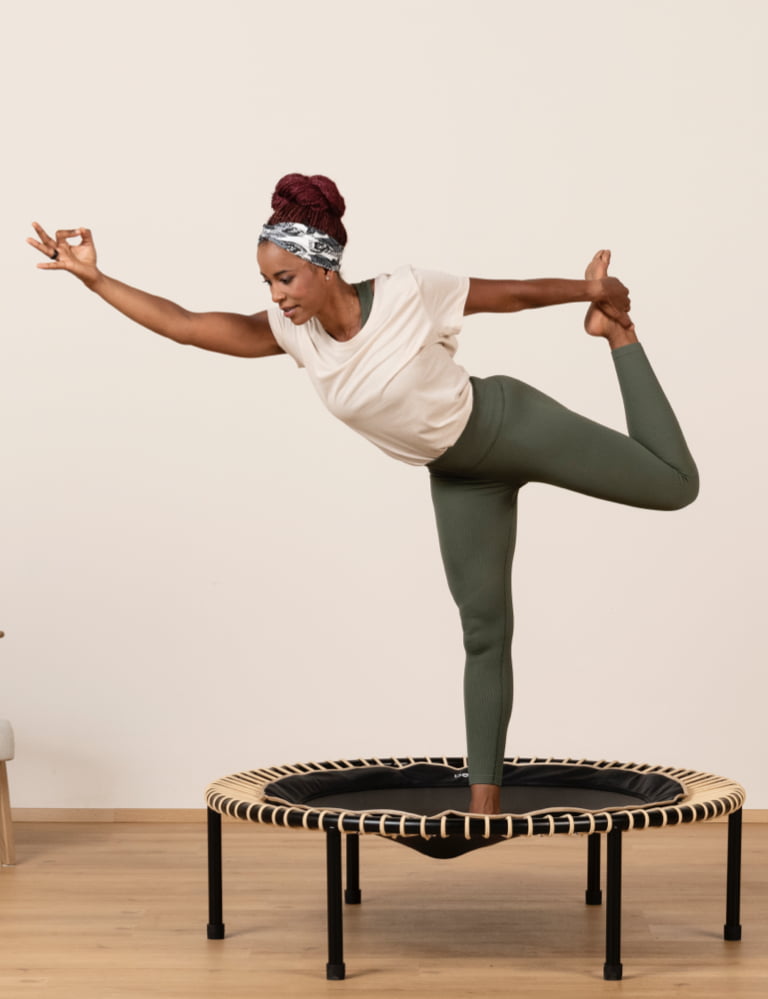
Always keep your balance.
How does our sense of balance work?
The vestibular system is at the center of our sense of balance, without which we wouldn’t be able to walk upright. Along with visual monitoring via the eyes, movements are recorded and further processed in the brain.
The cerebellum coordinates motor functions and is home to various complex learning and mental processes. When the cerebellum is stimulated during balance training, your cognitive abilities and physical fitness will both improve.
When your balance begins to slip...
Strength and coordination can diminish with age. Hearing loss, impaired vision and certain medications can further impair our orientation and sense of balance. For older people, falls can have serious consequences. In addition, many people develop declining bone quality, and osteoporosis makes matters worse: even light falls can break porous bones.
A health survey by the Swiss Federal Statistical Office shows that until the age of 74, 1 in 8 people experience a fall once per year. At age 75 and older, this number changes dramatically: 1 in 6 people fall once per year. 1 in 7 women fall several times per year; for men, it’s 1 in 10.
Ultimately, it is worth remembering that no-one is too old, too unexperienced or too cautious to try something new to improve their balance. After all, practice makes perfect.
How does bellicon training help?
- Improve your balanceOur mini-trampoline's unique bungee suspension system and pliable jumping surface improves your balance with every bounce. Specific balance and coordination exercises can further improve your sense of balance, as well as your reflexes. Both types of exercise increase your sense of stability and, in everyday life, increase your proprioception and improve your ability to prevent falls.
- Improve your reflexesYour reflexes are your ability to react to various stimuli from your environment as quickly and as deliberately as possible. When combined with coordination exercises, our mini-trampoline’s pliable mat also helps improve your reflexes. Not only will you improve your coordination and balance, but you’ll also be able to react to things more quickly.
- Prevent fallsAfter exercising with the bellicon mini-trampoline, you’ll have a better sense of balance and more strength in your legs. This will help prevent falls when getting on and off the bus or train, when walking on slippery roads, when working in your office or at home. Although you can’t completely prevent falls by training on the bellicon mini-trampoline, it can improve your balance and significantly reduce the risk of falls.
Get around more safely and freely throughout your day.
You’ll be able to focus on the important things in life, because you won’t have to worry about falling anymore.

